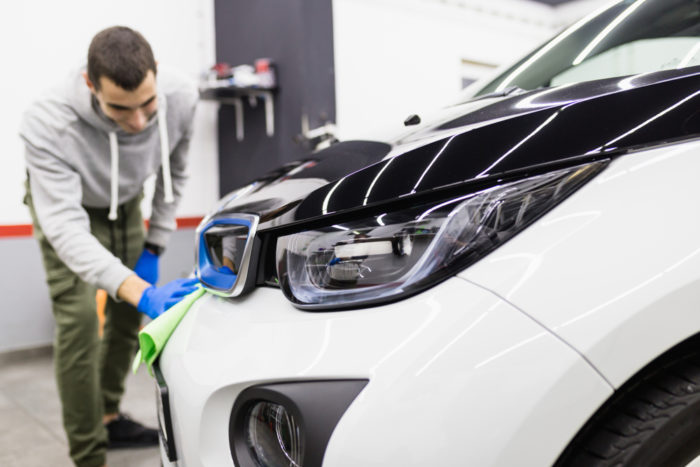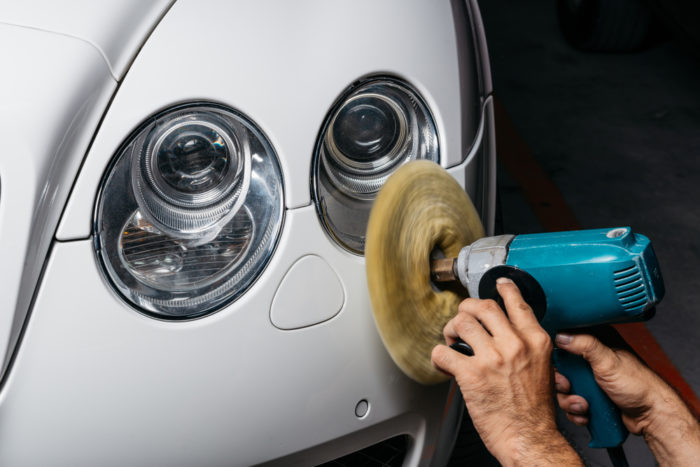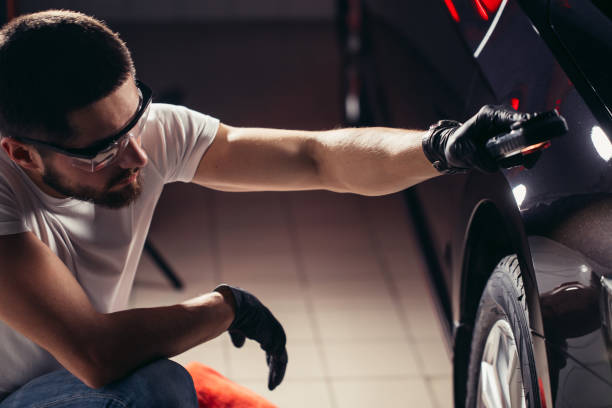Do I Need To Prime Over Old Car Paint?

Yes, applying primer over old car paint is a step when repainting a car, especially if you’ve made repairs or sanded down the existing paint.
Primer serves several key purposes in the painting process…
- Adhesion – Primer promotes better adhesion of the new paint to the old surface. It creates a uniform and adhesive layer for the paint to bond with, which can help prevent peeling or flaking in the future.
- Protection – Primer also provides an extra layer of protection for the vehicle’s surface. It can help seal the old paint and protect against moisture, which can lead to rust and corrosion.
- Smoothness – Applying primer helps to create a smooth and even surface. It can fill in small scratches and imperfections in the old paint or the bodywork, leading to a more flawless finish after painting.
- Color Consistency – Primer can help ensure color consistency of the new paint. This is particular if you’ve made body repairs or used body filler, as these materials can absorb paint differently than the old paint, leading to noticeable color variations.
Whether you need to prime over old paint also depends on the condition of the existing paint and the extent of your prep work…
- Good Condition – If the existing paint is in good condition and you’re only scuffing it lightly to improve adhesion, a full coat of primer might not be necessary. Instead, a spot primer could be used on any bare metal or body filler areas.
- Extensive Sanding or Repairs – If you’ve sanded the car down to bare metal in spots, used body filler, or made extensive repairs, you should apply a primer over these areas to ensure proper adhesion and protection before applying the topcoat.
- Color Change – If you’re changing the color of the car, especially to a significantly lighter or darker shade, using a primer can help ensure that the new color looks true and covers evenly.
Choose the right type of primer for your project. Primers come in various formulations, including epoxy primers (for corrosion protection and strong adhesion), urethane primers (for durability and sandability), and high-build primers (for filling in minor imperfections). The choice of primer will depend on your specific needs, such as the extent of the repairs, the type of paint you’re using, and the desired finish.
Proper application of primer involves cleaning and preparing the surface thoroughly, applying the primer in even coats according to the manufacturer’s instructions, and allowing adequate drying time before sanding or applying the topcoat. For the best results, especially if you’re aiming for a professional-quality finish, take the time to apply primer correctly.





